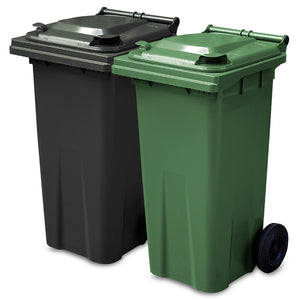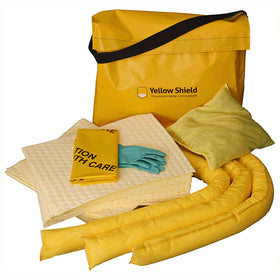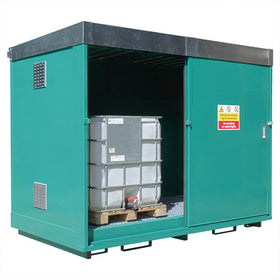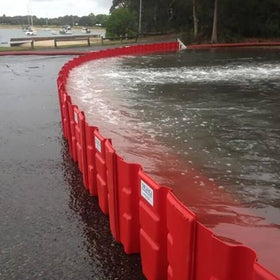BP costs for clean-up operation rise
The clean-up operation in the Gulf of Mexico has stalled due to the effects of Hurricane Alex. However there are now more than 44,500 people working on the relief operation, that’s 5,000 more than at the same time last week.
The efforts to collect oil from the surface of the water had been placed on hold because of the effects of Hurricane Alex, but BP is still sea trialling the huge skimming tanker named “A Whale”. Skimming devices and containment booms are already heavily being used in the region, with estimates that hundreds of miles of booms are currently in place across the coastline of four US states.
BP has seen costs for the clean-up operation and the digging of relief wells rise over the last few weeks. And initial estimates of the total cost for the clean-up now look wider than ever from the mark. The oil spill has so far cost BP $3.1 billion, that’s a rise of $470 million in just the last week alone. But with manpower costs rising and oil still leaking on the sea bed, they are expected to rise further in the next few weeks




